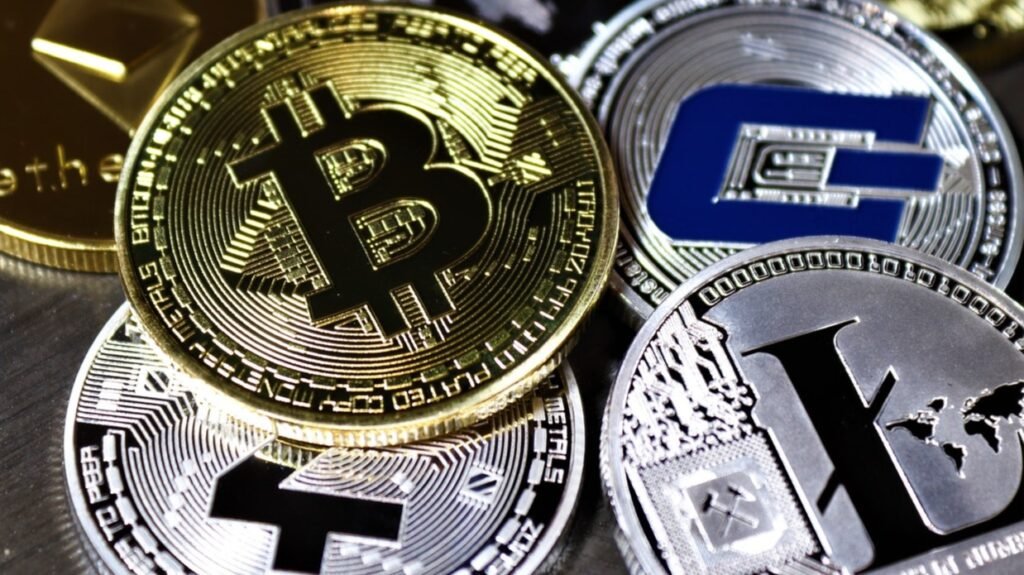Crypto whales—big investors with vast digital assets—have changed their strategy as the cryptocurrency market rises. Recently, a notable whale sold enormous sums of USDC (USD Coin), a stablecoin tethered to the US dollar, to buy more volatile and potentially high-return tokens. This move comes during a strong bull run in the crypto market, sparking speculation about future profits.
The crypto community has discussed the whale’s movements, which are considered market confidence signals. Transferring cash from a stablecoin, a haven during uncertainty, to speculative assets may indicate that the investor anticipates continuing the surge. Crypto Whale Earns $11.5M has long influenced markets by buying or selling massive digital assets. Bold movements like this enhance trade volume and might affect token values.
Understanding Whale Strategy
Selling USDC and buying tokens may have been a strategy to capitalize on market momentum. Investors utilize stablecoin USDC to hedge against market volatility or wait for the appropriate moment. The whale’s aggressive sale of USDC indicates their confidence in the strength of the crypto market.
Since USDC has grown significantly recently, many investors use it to hedge against Bitcoin’s Wild Ride $120K and Ethereum price swings. Given the current market surge, investors may mistakenly believe that Ethereum, Solana, or emerging cryptocurrencies hold a higher value than USDC.
Buying tokens during a bull run might enhance gains because many tokens appreciate significantly when market sentiment is bullish. The Whale sells USDC may be taking advantage of reduced entry prices before a significant surge or believing the market will climb.
Market Impact Speculation
Whales selling USDC and buying coins have far-reaching effects. Large token transactions, especially those involving popular tokens, affect market prices. Analysts, traders, and investors analyze the whale’s movements despite their small role in the crypto economy. The whale’s speculation may spur other investors to buy tokens, increasing demand.

Whales can also control the market with their extensive holdings. They can boost its price by buying significant token volumes and encouraging new investors. Due to quick price increases and massive trading volume, whales can enhance their impact and profit during the bull run.
The whale’s acquisition of tokens during a bull market shows an expectation of continued growth. Whales’ actions can reassure many regular investors. Big players may follow suit, driving up prices when they see big players acting.
The Big Picture: Crypto Whale Sells
The whale’s sale of USDC and purchase of tokens may be a short-term tactic to capitalize on the bull run, but it may also indicate a cryptocurrency landscape shift. Whale sells USDC investors use more complex techniques as the market matures and institutional involvement grows. These efforts are part of a more significant trend toward accepting cryptocurrencies as a legitimate asset class and recognizing that tokens, especially those with high utility or network effects, can appreciate.
The shift from stablecoins to volatile tokens may also indicate market optimism. In weak markets, stablecoins like USDC provide investors a haven, but traders want to position themselves for exponential returns as the market heats up. Whales, who can take on many risks, often lead these transformations, setting the example for lesser investors.
Conclusion
Crypto whales’ actions of selling USDC to buy tokens during a bull run show their faith in the cryptocurrency market’s growth. These movements affect the market immediately and set a precedent for other investors. As the market grows and new participants participate, Whales’ techniques will likely continue to affect cryptocurrency trading, providing significant insights into its future. Crypto whales are again leading the bull run, offering an opportunity for prudent risks.









